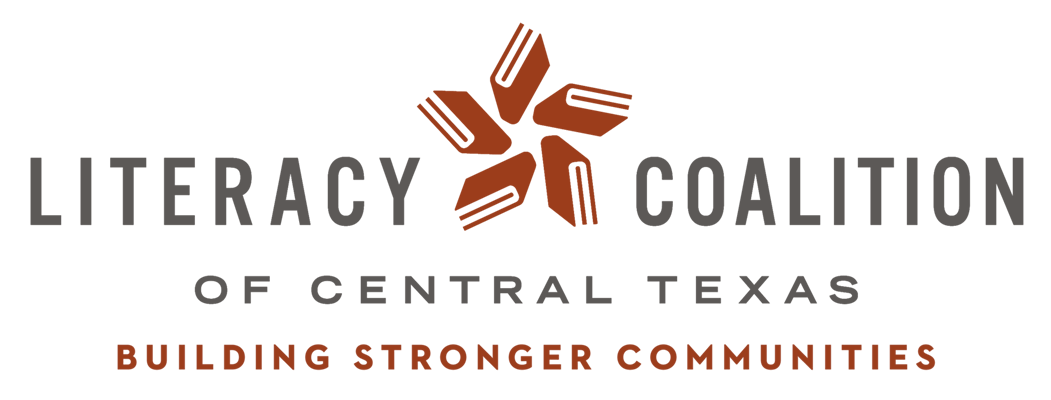
This month’s user submitted question comes from a teacher wondering about the best ways to use Can Do Lists in the classroom. This is a timely question! We just finished gathering feedback from teachers using the English Forward curriculum, and this very same question came up.
WHAT IS A CAN DO LIST?
Can Do Lists are simple assessments that give students the chance to show you what they can do in English. You can find examples of Can Do Lists on the For The Classroom page of the web portal, as well as in the printed English Forward curriculum at the end of each unit.
WHEN DO I USE A CAN DO LIST?
Can Do Lists can be used at the beginning of a unit, at the end of a unit, or both, depending on what kind of information you want to learn from the assessment.
WHAT’S THE POINT OF CAN DO LISTS?
- To Give Students Feedback on Their Progress: It’s often difficult for students to see their own improvement in class. This can lead to frustration and discouragement. Students wonder what the point of class is if they don’t think they are moving ahead. But if you share the results of informal assessments such as Can Do Lists and students are able to see proof of their growth, they will be much more likely to stay in class.
- To Build Learner Confidence: Seeing improvement from informal assessments like Can-Do Lists can also be a big confidence builder. Like feedback from informal assessments, confidence building has a big impact on student attendance and persistence.
- To Help with Lesson Planning: Can Do Lists give you information about what students already know and what they need to work on. This allows you to tailor lessons to students’ needs.
- To Give You Feedback on Instruction: Knowing what students are able to do (or not do) at the end of a unit gives you feedback on how effective instruction was. Did students learn what you wanted them to learn?
HOW DO I USE CAN DO LISTS IN MY CLASSROOM?
- During Group work: Circulate informally as students work in groups, observing what they are able to do with their peers.
- During Comprehension Checks: Make a note during your checks whether or not students are able to complete tasks or respond to specific prompts.
- One-on-one: Sit down with each student individually (or have a volunteer work with them) and bring up items from the Can Do List in an informal conversation.
- As a student self-assessment: Give students a notebook in which to store Can Do Lists and let them evaluate themselves at times throughout the course of the class.
You’ll find a short segment on using Can Do Lists on p. 133 of the English Forward Instructor’s Guide.
If you want to learn more about informal assessments in the classroom and see what they might look like, check out this video series by Dr. Heide Wrigley:
http://www.literacywork.com/Literacywork.com/Videos/Entries/2010/5/23_The_Reading_Demonstration.html.
In the first two segments, Heide assess a beginning learner’s reading skills and in the last segment, Heide talks about the details of the assessment and what she was able to determine about the learner’s skill level.
If you have any tips for using Can Do List or informally assessing students, we’d love to hear from you. Add a comment to the post below.
And don’t forget to submit your questions for You Ask, We Answer under the blue Ask A Question box on the right hand column of both the Blog and Teaching Tips pages. Right now we’ll be answering questions at the beginning of each month, but if we get a lot of questions and a demand for more posts, we’ll answer them more frequently. So be sure to submit your questions.
